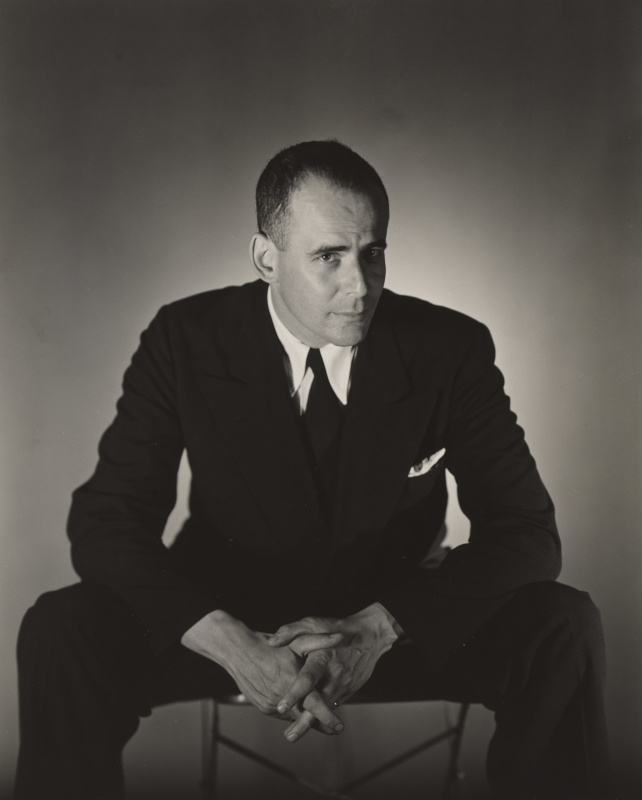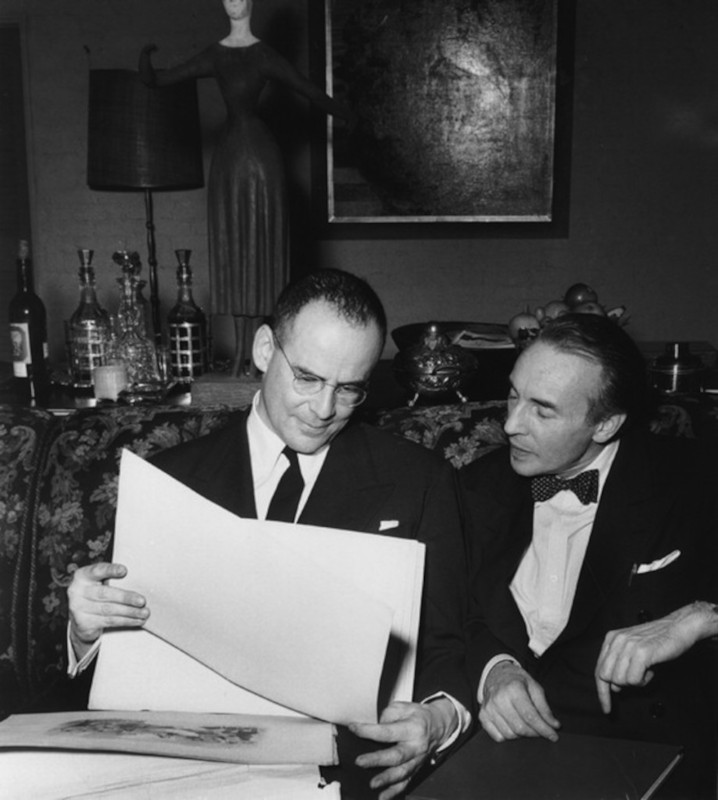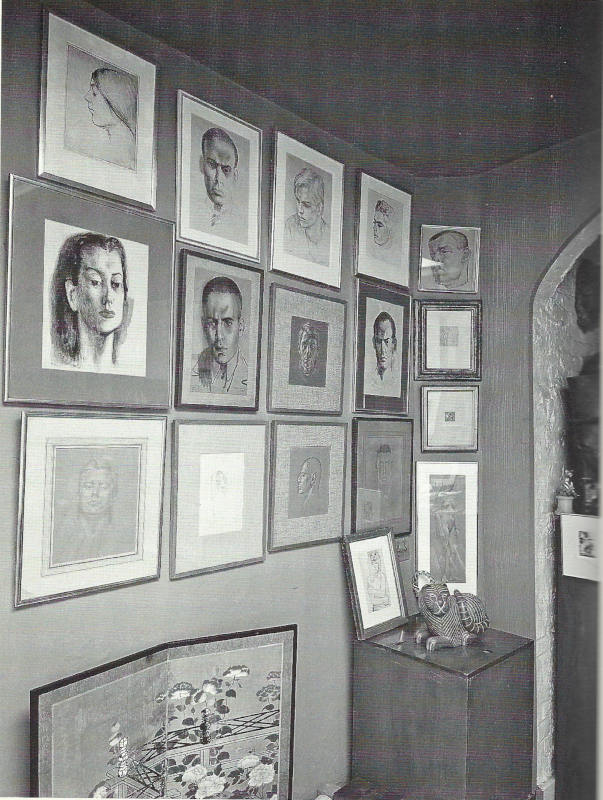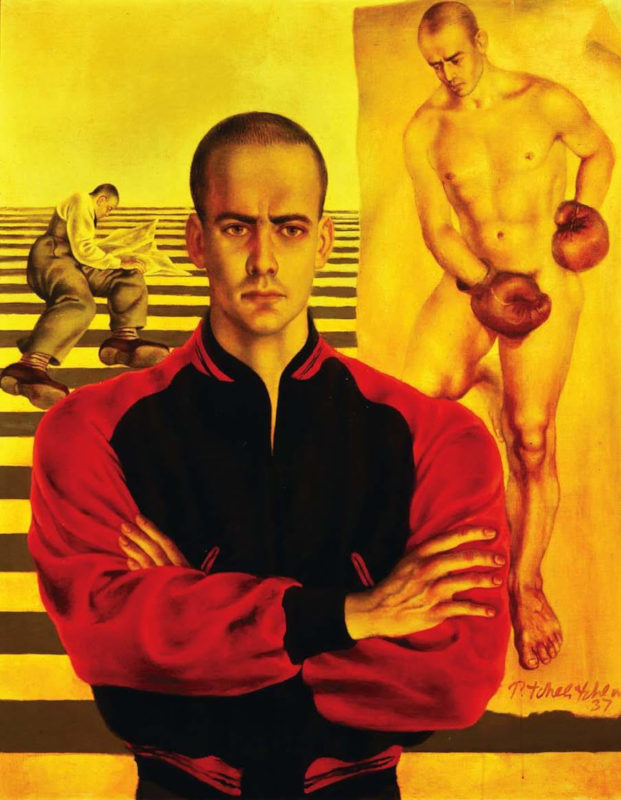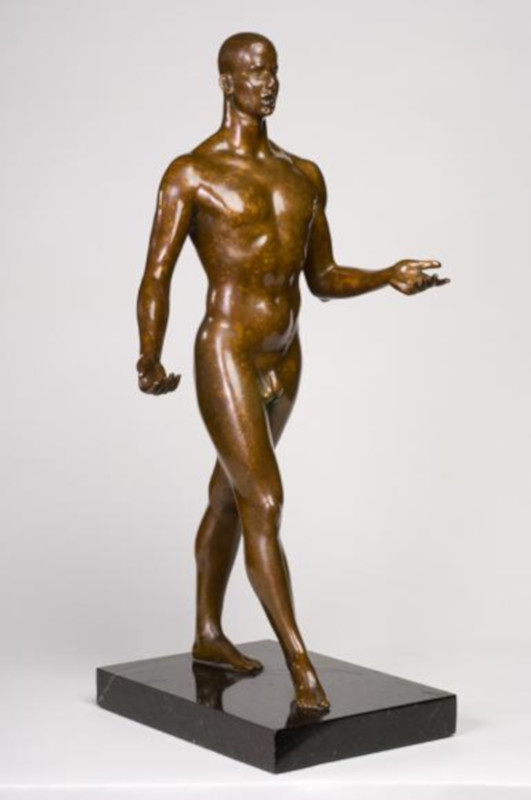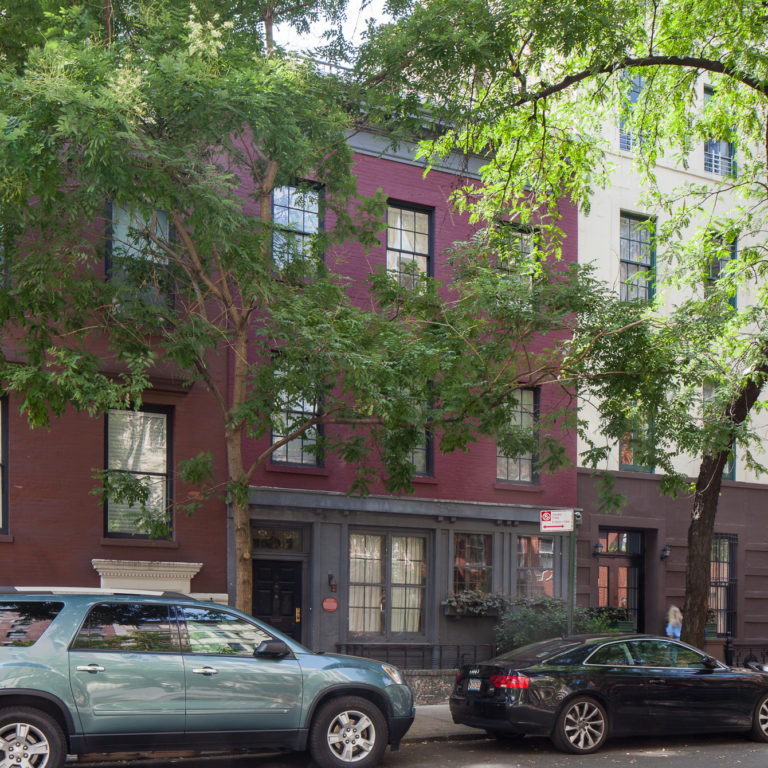
Lincoln Kirstein Residence
overview
Lincoln Kirstein, who lived here from 1953 until his death in 1996, was one of the great cultural impresarios of the 20th century and was instrumental in the creation of the Museum of Modern Art.
Most significantly, Kirstein’s passion for the ballet resulted in his bringing choreographer George Balanchine to America and the subsequent founding of the New York City Ballet and the affiliated School of American Ballet, both of which he supported for the rest of his life.
History
Lincoln Kirstein (1907-1996) grew up in an affluent family and was educated at a series of prep schools and at Harvard. It was during a year at Exeter that he had his first sexual encounter, with Howard Doughty, who would later be a prominent historian and author of Francis Parkman. While at Harvard, Kirstein founded the influential modern literary journal Hound and Horn (1927-1934) and established the Society for Contemporary Art, which introduced Modern art to Boston and was a precursor to the establishment of New York’s Museum of Modern Art, with which Kirstein was closely connected. As Kirstein biographer Martin Duberman notes:
The Society’s bold modernism has often, and accurately, been credited with indirectly inspiring MoMA’s formation; indeed, two of the museum’s first four shows were reprises of exhibitions the Society had originated.
Kirstein’s greatest passion was for the ballet. After seeing early ballets of George Balanchine in Europe, Kirstein was convinced that he was the future of the art and persuaded him to come to America. Balanchine insisted that a school was a necessary precursor to a company. So, with the financial backing of several friends, Kirstein established the School of American Ballet (SAB; now associated with New York City Ballet) in 1934. In 1936, Kirstein met SAB student José (Pete) Martinez, who was one of the great loves of his life.
In 1934, Balanchine and Kirstein established American Ballet, which briefly became the company of the Metropolitan Opera. Two years later, he founded Ballet Caravan, a traveling company with new works commissioned on American themes (most famously Billy the Kid and Filling Station). Many LGBT artists worked with the company, including composers Virgil Thomson and Aaron Copland and artists and designers Paul Cadmus (whose career Kirstein helped subsidize), Jared French, Pavel Tchelitchew, Irene Sharaff, and George Platt Lynes. Many of these people became central to his LGBT social world, which also included curator Glenway Wescott, artists Bernard Perlin and Cecil Beaton, writers W. H. Auden, Christopher Isherwood, and Jean Cocteau, and writer/collector Gertrude Stein. In 1938, Kirstein’s two ballet companies merged, forming American Ballet Caravan, the precursor of New York City Ballet (NYCB), formally established in 1948. Kirstein remained a key player at SAB and NYCB for most of his life.
In 1941, the bisexual Kirstein married artist Fidelma Cadmus, sister of Paul Cadmus. Kirstein continued to have homosexual encounters, some casual and others more long-standing. Indeed, several of his lovers (who later became intimate friends of both Lincoln and Fidelma) lived with them, including Martinez, artist and conservator Jensen Yow, who moved into 128 East 19th Street, the c. 1845 former stable that the Kirsteins purchased in 1953, and artist Dan Maloney, who had a studio on the top floor of the house. Kirstein lived here until his death in 1996.
Kirstein’s importance to the arts was widely recognized. In 1984, he received the Presidential Medal of Freedom and, in 2019, MoMA held a major exhibition on his influence on its collection.
Entry by Andrew S. Dolkart, project director (May 2019).
NOTE: Names above in bold indicate LGBT people.
Building Information
- Architect or Builder: Unknown
- Year Built: c. 1845
Sources
David Leddick, Intimate Companions: A Triography of George Platt Lynes, Paul Cadmus, Lincoln Kirstein, and Their Circle (New York: St. Martin’s Press, 2000).
Donald Albrecht, Gay Gotham: Art and Underground Culture in New York (New York: Skira Rizzoli, 2016).
Martin Duberman, “Kirstein’s Letters, Part 1: Balanchine,” “2: Friends & Lovers,”, and ”3: Rivals and Idols,” The Gay & Lesbian Review, 24, no. 1 (January-February 2017): 12-16; no. 2 (May-June 2017): 10-13; no. 4 (July-August 2017): 10-13.
Martin Duberman, The Worlds of Lincoln Kirstein (New York: Alfred A. Knopf, 2007). [source of pull quote]
Do you have more information about this site?
This project is enriched by your participation! Do you have your own images of this site? Or a story to share? Would you like to suggest a different historic site?
